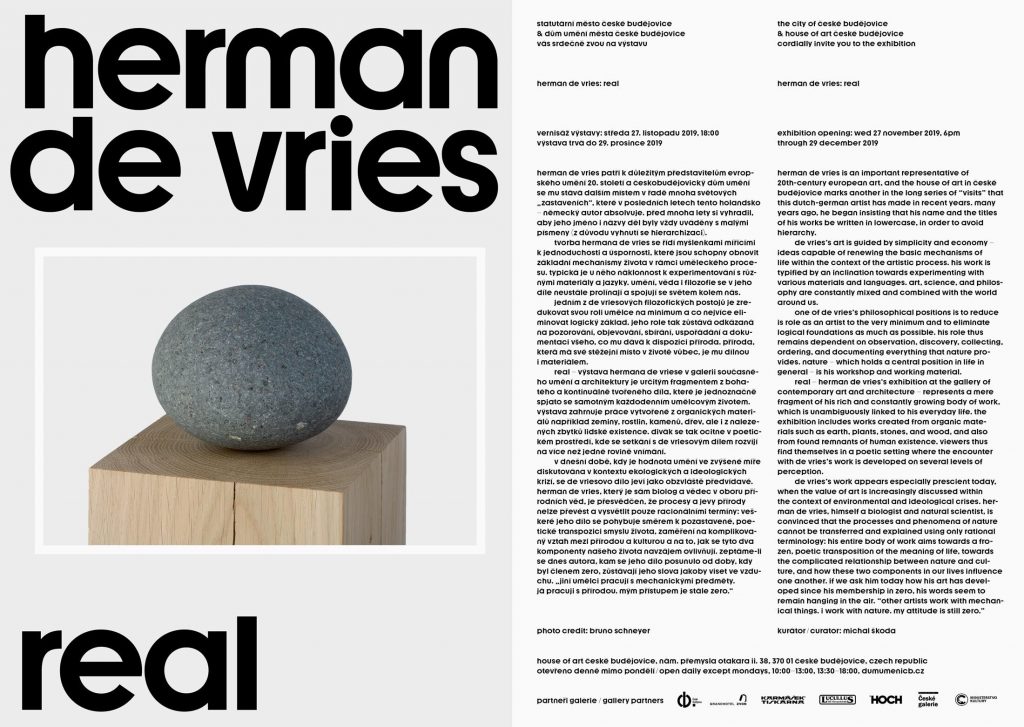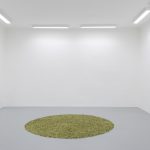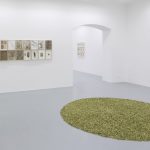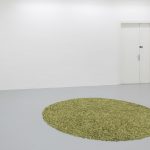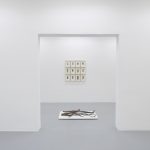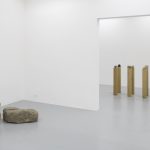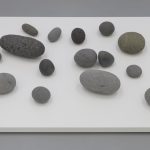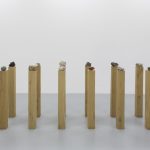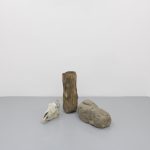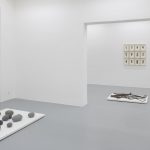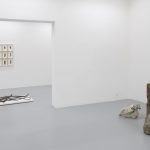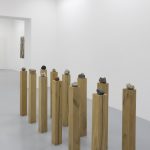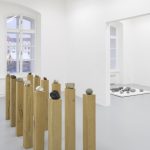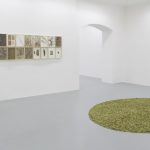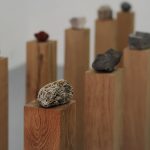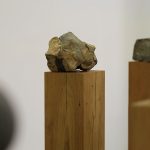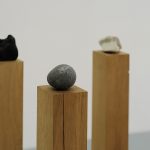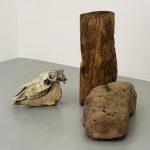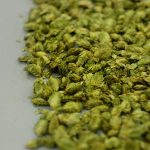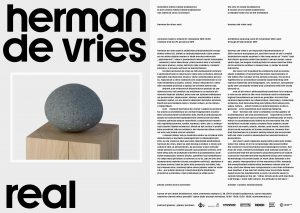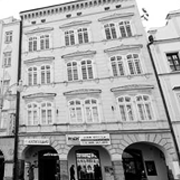herman de vries – real
| Date | – |
|---|---|
| Vernissage | 27.11.2019 18:00 |
| Curator | Michal Škoda, Graphic Design: Marek Nedelka |
herman de vries is an important representative of 20th-century European art, and the House of Art in České Budějovice marks another in the long series of “visits” that this Dutch-German artist has made in recent years. Many years ago, he began insisting that his name and the titles of his works be written in lowercase, in order to avoid hierarchy.
de vries’s art is guided by simplicity and economy – ideas capable of renewing the basic mechanisms of life within the context of the artistic process. His work is typified by an inclination towards experimenting with various materials and languages. Art, science, and philosophy are constantly mixed and combined with the world around us.
One of de vries’s philosophical positions is to reduce is role as an artist to the very minimum and to eliminate logical foundations as much as possible. His role thus remains dependent on observation, discovery, collecting, ordering, and documenting everything that nature provides. Nature – which holds a central position in life in general – is his workshop and working material.
During the 1970s, herman de vries began to focus on natural materials, processes, and phenomena, which he presented as the primary physical reality of human existence. Since then, he has collected, sorted, processed, and exhibited fragments of nature and culture while calling attention to their unity and diversity. Earth as the material expression of various places is one symbolic element of his work. Earth is an echo of various cultures and a natural pigment reflecting the primary color gradients of the world. Since 1993, de vries has collected and archived more than 9,000 samples of earth from all over the planet and has used them in his work. His ground dirt on paper, applied in a regulated (one might almost say meditative) structure, is stylistically reminiscent of the approaches of art informel. de vries’s method of collecting, studying, and presenting objects is more closely related to scientific study and aims to show the viewer the beauty of nature in all its diversity.
herman de vries was born in Alkmaar, the Netherlands, in 1931. From 1952 to 1956, he worked at the Institute of Phytopathology in Wageningen. His first works date to 1953, and his first white paintings are from 1959. In the early 1960s, he joined the NUL art group and was a co-founder of the international ZERO movement (which was created in response to the need of a group of artists to find an impetus for a new start and a return to the very beginning). Around this time, he began to take an interest in Eastern cultures and was strongly influenced by Zen Buddhism. In 1962, he created his first random objectivizations (works made of random number tables) and published the book white, which contains no writing. In 1969, in he began frequently visiting Africa and Asia, where he engaged in psychedelic experiments. In 1970, he moved to the town of Eschenau in southern Germany, and five years later he began to make use of found natural materials and to work with the earth rubbing technique. As part of Skulptur Projekte Münster in 1997, he created sanctuary, in which nature is dependent on its own means. In 2015, he represented the Netherlands via a solo exhibition at the Venice Biennale. His works can be found in collections around the world, including the New York MoMA.
Any discussion of the work of herman de vries cannot ignore his relationship to text and poetry. “Language” – visual as well as conventional – is a central material in his work, which he constructs by incorporating and repeating various words or semantic units. Even the act of selecting words is not done entirely at random, but hints at a reflection of our existence in the world. Expressions such as “infinite,” “this one,” “happy,” and (especially) “change” are a key to understanding de vries’s work, which is founded on the fundamental dialectic between determinacy and indeterminacy, construction and destruction, compositional patterns and freedom of expression, although this questions tends to be resolved within the uniqueness of the unrepeatable experience.
real – herman de vries’s exhibition at the Gallery of Contemporary Art and Architecture – represents a mere fragment of his rich and constantly growing body of work, which is unambiguously linked to his everyday life. The exhibition includes works created from organic materials such as earth, plants, stones, and wood, and also from found remnants of human existence. Viewers thus find themselves in a poetic setting where the encounter with de vries’s work is developed on several levels of perception.
de vries’s work appears especially prescient today, when the value of art is increasingly discussed within the context of environmental and ideological crises. herman de vries, himself a biologist and natural scientist, is convinced that the processes and phenomena of nature cannot be transferred and explained using only rational terminology: his entire body of work aims towards a frozen, poetic transposition of the meaning of life, towards the complicated relationship between nature and culture, and how these two components in our lives influence one another. If we ask him today how his art has developed since his membership in Zero, his words seem to remain hanging in the air. “Other artists work with mechanical things. I work with nature. My attitude is still zero.”
